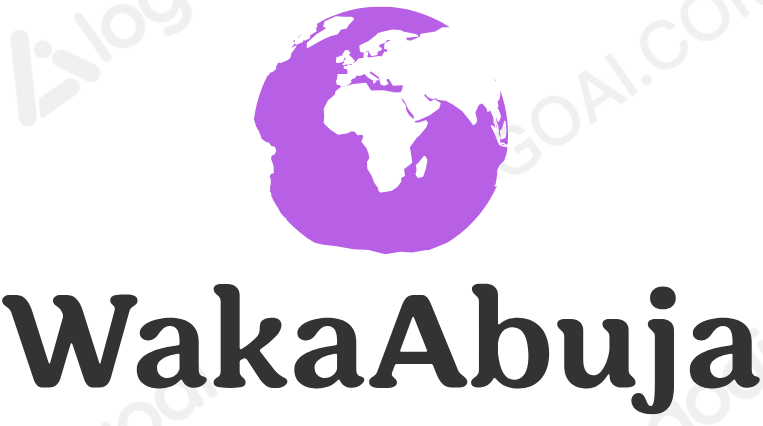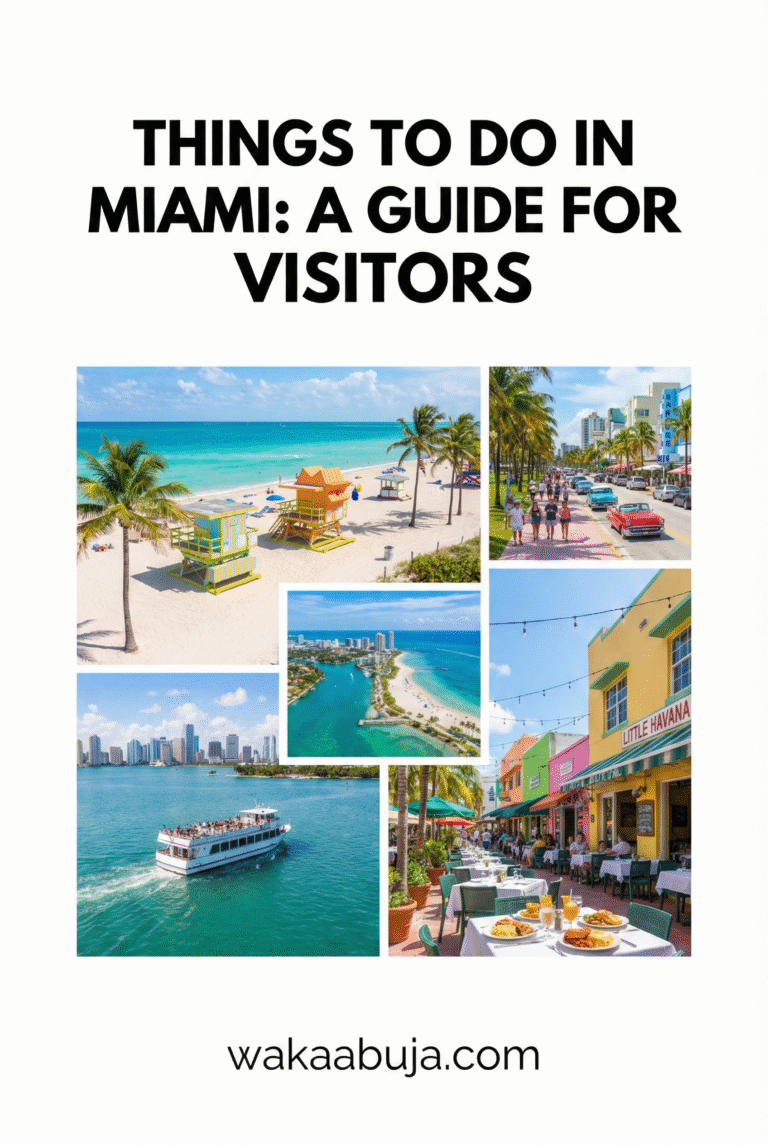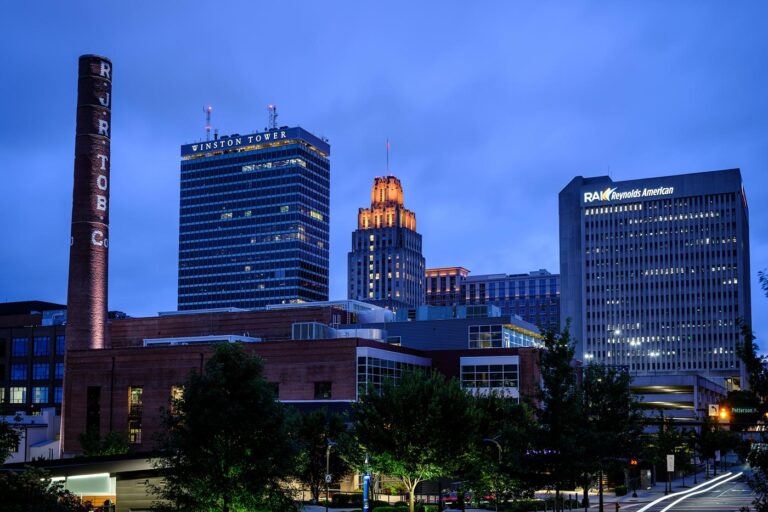TL;DR—Quick Guide to Herzegovina
Herzegovina is a captivating Balkan region rich with history, stunning nature, and vibrant culture. Key highlights include the iconic Mostar Bridge, Kravica Waterfalls, and charming towns like Trebinje. Expect a blend of Ottoman and Austro-Hungarian heritage, delicious local cuisine, and warm hospitality.
Best time to visit: Late spring to early autumn (May–September) for pleasant weather and outdoor activities.
Typical budget: Budget travelers can enjoy Herzegovina for around 50-60 BAM/day (~25-30 USD), mid-range around 100-130 BAM/day, and luxury options start at 300 BAM/day.
Getting around: Rent a car for ultimate flexibility; buses connect major towns but can be slow.
Safety: Generally safe with usual travel caution; avoid unexploded landmine areas and stay updated via official sources.
Top Things to See and Do in Herzegovina
Explore Mostar and Its Legendary Bridge
Mostar’s 16th-century Stari Most (Old Bridge) is a UNESCO World Heritage Site and the heart of the city. Walking its cobblestone streets feels like stepping back in time, with Ottoman-style architecture and vibrant bazaars. Don’t miss locals diving off the bridge into the Neretva River—a thrilling tradition!
Pro tip: Visit early morning or late afternoon to avoid crowds and capture the best light for photos.
Relax at Kravica Waterfall
This stunning 25-meter waterfall cascades into a crystal-clear emerald pool, perfect for swimming and picnics. It’s less touristy than other Balkan waterfalls, offering a peaceful atmosphere surrounded by lush greenery.
Entry fee: Approximately 20 BAM. Bring swimwear and a picnic to maximize your visit.
Discover Trebinje’s Old Town and Vineyards
Trebinje offers a charming old town with 17th-century walls, Austro-Hungarian ruins, and the serene Trebisnjica River. The region is famous for its wines—a tasting tour is a must for oenophiles.
Local insight: Try the Serbian Orthodox Hercegovacka Gracanica monastery hike for panoramic views and cultural immersion.
Visit the Pliva Lakes and Watermills near Jajce
These emerald lakes framed by wooded mountains are perfect for kayaking, biking, and exploring traditional wooden watermills. The nearby 22-meter Pliva Waterfall is a spectacular sight and hosts an annual waterfall jumping competition in August.
Walk the Tunnel of Hope in Sarajevo
This historic tunnel was Sarajevo’s lifeline during the siege in the 1990s. Walking through it offers a poignant glimpse into the city’s resilience and wartime history, complemented by informative displays.
Hours: 9am–5pm daily, entrance fee 10 BAM.
Experience Whitewater Rafting on the Tara River
For adrenaline seekers, rafting through Europe’s deepest canyon is unforgettable. Tours include navigating rapids and stops at waterfalls and swimming holes. Recommended operator: Rafting Center Drina Tara (~140 BAM/day).
Where to Stay in Herzegovina
Accommodation ranges from cozy guesthouses and boutique hotels to luxury resorts. Here’s a quick breakdown:
Budget Options
Hostels and family-run guesthouses in Mostar and Trebinje offer dorm beds and private rooms for 15-30 BAM/night. Expect simple but clean facilities and friendly hosts.
Mid-Range Hotels
3-star hotels and boutique inns with breakfast typically cost 50-90 BAM/night. Many are centrally located, close to main attractions like Mostar’s Old Town.
Luxury Stays
Upscale hotels and resorts with spa facilities and river views start at 150 BAM/night and can go well beyond 300 BAM. Ideal for travelers seeking comfort and exclusivity.
How to Get Around Herzegovina
Public transport is available but limited in frequency and coverage. For true freedom, I recommend renting a car. Roads are generally in good condition, and driving lets you explore hidden gems at your own pace.
Taxi services operate in larger towns, but agree on the fare beforehand. For intercity travel, buses connect major towns like Mostar, Trebinje, and Sarajevo.
When to Visit and How to Get There
The best time to visit Herzegovina is from May through September, when the weather is warm and ideal for outdoor activities. Summers can be hot, so spring and early autumn offer pleasant temperatures and fewer tourists.
Getting there: The closest international airports are Mostar (small, seasonal flights) and Sarajevo (larger, year-round flights). Dubrovnik Airport in Croatia is also nearby and well connected.
From airports, buses and taxis connect to Herzegovina towns, or you can rent a car for convenience.
Suggested Length of Stay and Tours to Consider
I recommend spending at least 5-7 days to fully experience Herzegovina’s highlights and hidden treasures. This allows time for city exploration, nature visits, and cultural immersion.
Popular tours include
- A day trip from Mostar to Kravica Waterfalls and Blagaj Tekke (historic Dervish monastery).
- Guided walking tours of Mostar and Sarajevo focusing on history and architecture.
- Wine tasting tours around Trebinje’s vineyards.
- Whitewater rafting adventures on the Tara River.
Typical Costs, Budgeting & Money-Saving Tips
Herzegovina is very affordable compared to Western Europe. Here’s a rough daily budget guide:
Budget Travel
~50-60 BAM/day (~25-30 USD). Includes hostel stays, street food or markets, and public transport.
Mid-Range
~100-130 BAM/day. Includes 3-star hotels, local restaurants, and some tours or car rentals.
Luxury
300+ BAM/day. Includes upscale hotels, fine dining, private tours, and car hire.
Money-saving tips:
- Eat at local bakeries and markets for authentic, inexpensive meals.
- Use public transport or walk within towns.
- Book accommodation and tours in advance during peak season.
- Consider visiting in shoulder seasons (April or October) for lower prices and fewer crowds.
Staying Safe in Herzegovina
Herzegovina is generally safe for travelers. Standard precautions apply: watch your belongings, avoid poorly lit areas at night, and stay informed about local conditions.
Be aware that some rural areas still have unexploded landmines from past conflicts—always follow local guidance and stick to marked paths.
Emergency contacts:
- Police: 122
- Ambulance: 124
- Fire Department: 123
- Tourist Police Sarajevo: +387 33 222 222
Getting Around the Area: Maps & Directions
Here’s an interactive map to help you visualize key locations and plan your route across Herzegovina:
Frequently Asked Questions (FAQs)
What is the best time of year to visit Herzegovina?
Late spring through early autumn (May to September) offers the best weather for sightseeing and outdoor activities, with warm temperatures and minimal rain.
Is Herzegovina safe for solo travelers?
Yes, Herzegovina is generally safe for solo travelers. Exercise usual travel caution, avoid remote mine-affected areas, and keep emergency numbers handy.
How much should I budget per day?
Budget travelers can expect to spend around 50-60 BAM/day (~25-30 USD), while mid-range travelers should budget 100-130 BAM/day. Luxury travelers will spend 300 BAM or more.
What are must-try local foods and drinks?
Try čevapi (grilled meat sausages), burek (savory pastry), and rakija (fruit brandy). Local wines from Trebinje are also excellent.
How do I get from Sarajevo to Mostar?
You can take a direct bus (approx. 2.5-3 hours) or rent a car for a more flexible and scenic drive through Herzegovina.
Final Pro Tip
Immerse yourself in Herzegovina’s rich history by chatting with locals in cafés and markets—their stories bring the region’s fascinating past and vibrant culture to life. And don’t forget to try a rakija flight to toast your unforgettable Balkan adventure!




